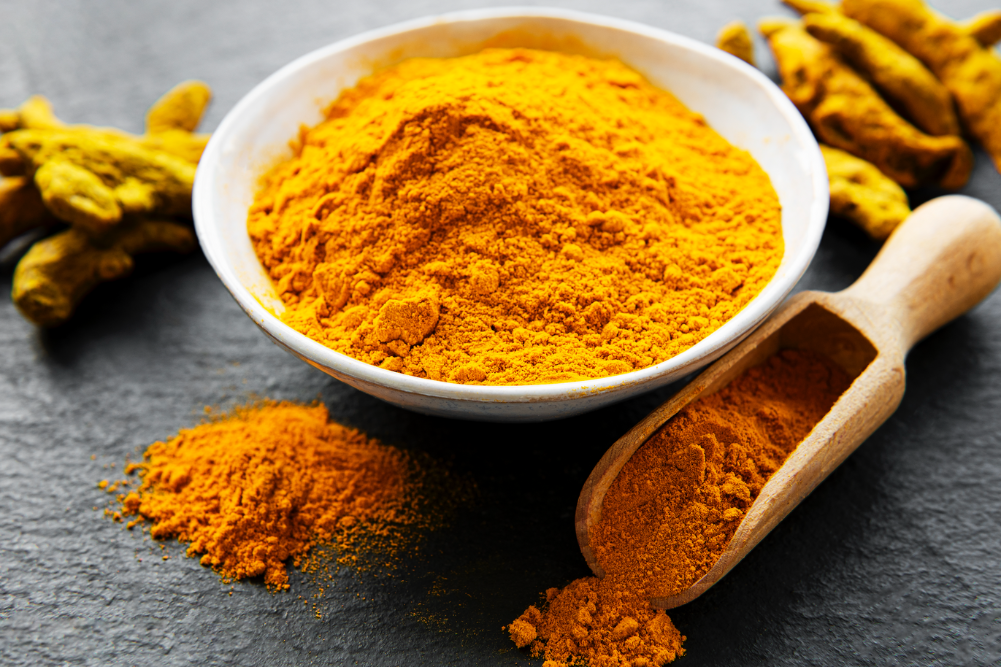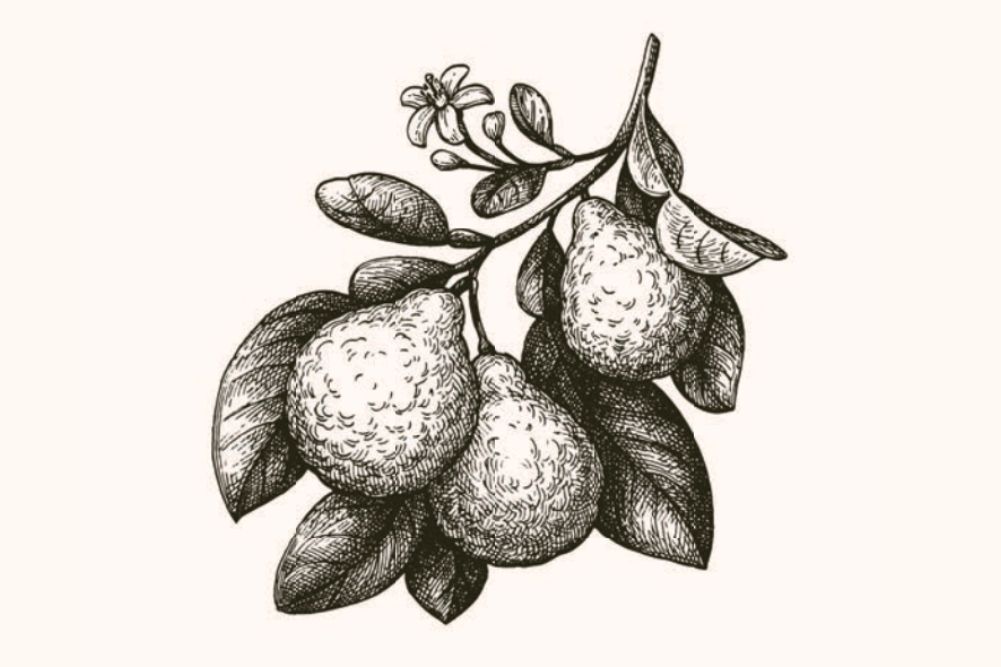Microgreens give big nutrition
Trends, by their nature, are passing things. There were the body-shirts, usually accompanied by a moustache, of the 1970s: thankfully they passed. There were scratch and sniff t-shirts: again, mercifully gone. Big-hair and leg warmers have thankfully gone the way of dodo. Does anyone reading this still own a fondue set, and if so when did you last use it? Yes, fashion and food are both areas in which trends take hold easily but let go with just as much alacrity. One of the current food trends is “microgreens†but according to new research this is one trend that might stick around because there is actually something to it.
Microgreens are a tiny form of young edible greens produced from vegetables, herbs or other plants. They range in size from two to five centimetres long, including the stem and leaves. Although sometimes said to be very similar, microgreens are not the same as sprouts.
Sprouts are produced entirely in water and the seed is not actually planted. A high density of seed is placed inside of sprouting equipment or enclosed containers. The seed germinates rapidly due to the high moisture and humidity levels maintained in the enclosures. Microgreens are not processed in water. Microgreen seeds are planted and grown in soil or a soil substitute like peat moss. They are ideally grown in high light conditions with low humidity and good air circulation. The seed density is a fraction of what is used in sprout processing so each individual plant has space in which to grow and develop. Most species require one to two weeks growing time, some four to six weeks. After the leaves are fully expanded the microgreens are ready for harvest. They are cut above the soil surface and packed without any roots.
Microgreens certainly provide intense flavours and the claim has been that they are dense in nutrition but the latter claim has been without substantiation until the recent study.
This research was done at the University of Maryland where researchers measured levels of vitamin C, carotenoids, vitamin E, and other nutrients in 25 commercially available microgreens. The results showed that different microgreens provided extremely varying amounts of vitamins and carotenoids. They found that red cabbage microgreen had the highest vitamin C levels, cilantro the highest carotenoids, garnet amaranth highest phylloquinone, and green daikon radish the most vitamin E. In comparison the microgreens also had a higher concentration per weight than the mature leaves of the same plant. For instance, even though golden pea tendril microgreens had low vitamin levels compared to other microgreens they still had levels as high as some common mature vegetables.
It seems as far as your salad vegetables and nutrition go that a little, or even a micro, does go a long way.







